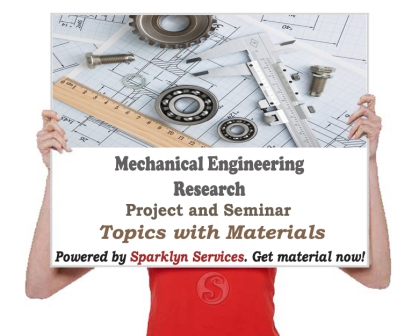1.0 Introduction
Recently, advanced material processing technology must have become suitable for low cost of production, high productivity, and better quality of product. Manufacturing process of steel making is a long distance process. Steel plates are passed to several machines to gain the desired size of product such as roughing mill machine, finishing rolling mill. After finishing rolling stand, the steel plate type is defined at this stage. Mechanical and physical properties of steel plates are controlled for the desired product quality. Temperature is one of the main parameters to control the product properties.
After finishing stand process, the next process of the steel plate will arrive to runout table (ROT) as depicted in Figure 1.
The figure is available in the acquired complete research material
Figure 1: Layout of hot rolling process steel plate production
Runout table (ROT) employs to cool down the temperature approximately from 800 - 950°C at the entrance to the ROT to 450 - 600°C at exit from the ROT. If temperature is cooled down linearly as described, then phase transformation of strip steel will change from austenite to ferrite of metallurgy structure. The water wall uses for cooling the strip temperature by nozzle jet in both bottom and top of strip surface. To save the water consumption in cooling process at ROT, the optimal cooling of control parameters during cooling is required to conduct this research. In this study, three variations such as strip velocity, external fluid velocity, and cooling water temperature subjected to cooling conditions at ROT are used for studying the effective cooling variables. Problem of cooling at ROT process for the optimal cooling variables is derived for operational method in practical manner (Ref……………)
Jet impingement cooling has capability of achieving high heat transfer rates. Controlled cooling from the impingement of water jets used for cooling hot steel plate. in the Run Out Table (ROT) cooling process after hot rolling, steel producers have developed many new technologies to lower production costs, to continuously improve product quality, and even to create new microstructures, in order to fulfill the increasing demands of customers. For example, to produce higher strength steel with less alloying elements, technology to increase the cooling rates is of growing interest (Kromhout, 2010).
Several technologies to increase the cooling rate in the ROT have been recently developed. Ultra-fast cooling technology increases the conventional cooling rate of 30 ~ 80oC/s, depending on the final thickness, to 300oC/s on 4mm thick hot strip. An acceleration cooling technology having more than 200oC/s on 3mm thick makes it possible to increase the strength of steel or to achieve the same level of strength with a low carbon equivalent design. These technologies use larger flow rates than conventional cooling methods (such as spray or water column cooling), basically. in the ultra-fast cooling, total water flow is well known as 17,000 L/min per m of cooling length. This corresponds to 9,200 L/min-m2 assuming a 1.8m width, which is more than double the maximum flow rate for the conventional ROT cooling (Herman, 2013).
The tools to develop these technologies include models of transient heat conduction in the moving strip. They rely on heat transfer coefficients between the impinging water jets and the strip surface, which are generally obtained from plant measurements. The design of better cooling header systems requires knowledge of these heat transfer coefficients as a function of the flow conditions, which depend on header configuration, nozzle geometry, spacing, height, flow rate, and other parameters. This knowledge is generally obtained from lab-scale experiments that must be further verified with full-scale prototypes in expensive plant experiments. Thus, there is a strong need for fundamentally-based tools to predict surface heat transfer in the real process (Lucas etal,2014).
There has been much previous work on heat transfer from impinging jets (including free, confined, and submerged), based on experimental, analytical and numerical studies. However, water impingement from multiple jets onto moving surfaces, and for the high flow-rate conditions of real ROT cooling has received much less attention.
1.1 Aim and Objectives of the Study
Recently developed advanced material processing technology is suitable for achieving low production costs, high productivity, and better quality products.
The aim of this seminar is to describe run out table system use in water jet impingement cooling of hot plate with diagram. Therefore, the specific objectives are as follows;
- To describe a run-out table system
- To examine a water jet impingement cooling process
- To as applied a run-out table through water jet impingement for cooling hot steel plate
1.2 Justification of the Study
The significance of this work to the steel industry and other stake holders cannot be overemphasized. This research demonstrated that the effect parameters of thermal and phase transform are affected by strip speed and initial gain austenite size of micro-structure of metal changed to ferrite micro-structure for low carbon steel.
1.3 Scope of the Study
The scope of this work covers the description of run out table system use in water jet impingement cooling of hot plate with diagram.
1.4 Limitations of the Study
During the course of this study, there were some problems encountered which stood as limitations to the research work. Some of the limitations include:
- Time Constraint:
The time frame given to accomplish this project was very short due to school academic calendar and it was carried out under pressure which made the researcher not to implement some necessary features.
- Financial Constraint:
Insufficient fund tends to impede the efficiency of the researcher in sourcing for the relevant materials, literature or information and in the process of data collection (internet).




